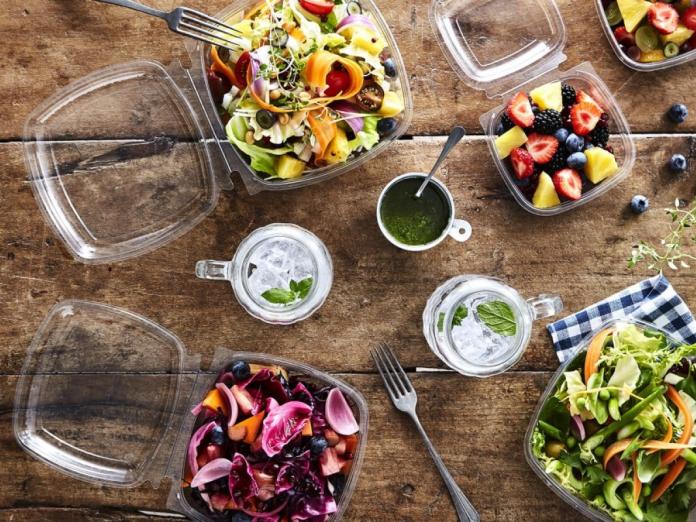New Design Guide for Plastic Packaging

In June 2023, the third edition of the "Design Guide for Recycling and Reuse of Plastic Packaging for Private Consumers" was released.
The design guide aims to enhance the circularity of plastic packaging in Denmark by providing an overview of the considerations in the design process that can ensure the value of packaging is retained within a circular system.
The design guide has been developed through extensive collaboration involving all stages of the value chain, from manufacturers and collectors to recycling companies and other stakeholders.
The primary goal of the design guide is to strengthen the market for the reuse and recycling of plastic packaging and contribute to Denmark's recognition as a global leader in the circular economy, especially concerning plastic packaging. The vision is to change the perception of plastic waste from being mere waste to a valuable resource.
According to the design guide, 40 percent of the EU's virgin plastic is currently used for packaging purposes. Therefore, prioritizing reuse as the first and most effective solution and subsequently recycling plastic packaging at the highest possible level is crucial. The design guide also explores various business models and considerations regarding reuse recycling.
The guide is structured in multiple parts, each representing different stages in the design process. Thus, it can be used both to understand the considerations behind previous choices in a design process and to make decisions at a specific stage of the process.
The Seven Dogmas
The guide is based on seven dogmas:
- creating opportunities for innovation
- strengthening reuse solutions
- informed decision-making in the design process
- design for sortability
- improved collection and sorting
- preservation of plastic properties, and
- enhanced quality and consistency.
These dogmas are further elaborated in the report.
The dogmas guide plastic packaging design towards sustainability by promoting reuse and recycling while minimizing environmental impact. Furthermore, the design guide follows the waste hierarchy, which has been expanded by IDA (The Danish Society of Engineers) with a particular focus on recycling quality. This hierarchy prioritizes reuse as a central element. Additionally, the guide integrates four reuse business models developed by the Ellen MacArthur Foundation: "Refill on the Go", "Refill at Home", "Return on the Go", and "Return from Home".
Currently, there is strong demand for high-quality recycled plastic, particularly for food and near-food packaging.
Producing high-quality plastic from household-sorted plastic requires a coordinated effort throughout the recycling value chain.
Collaboration across sectors and industries is essential, as weaknesses in one part of the chain can hinder subsequent recycling steps, especially at sorting facilities. The broad collaboration behind the design guide takes this into account, making it a state-of-the-art tool in the pursuit of a circular value chain in plastic packaging production.
Read and download the Design Guide for Recycling and Reuse of Plastic Packaging
If you are curious about the details of the design guide, you can find link to the guide here. Please note that the design guide is only available in Danish.